July 10, 2025
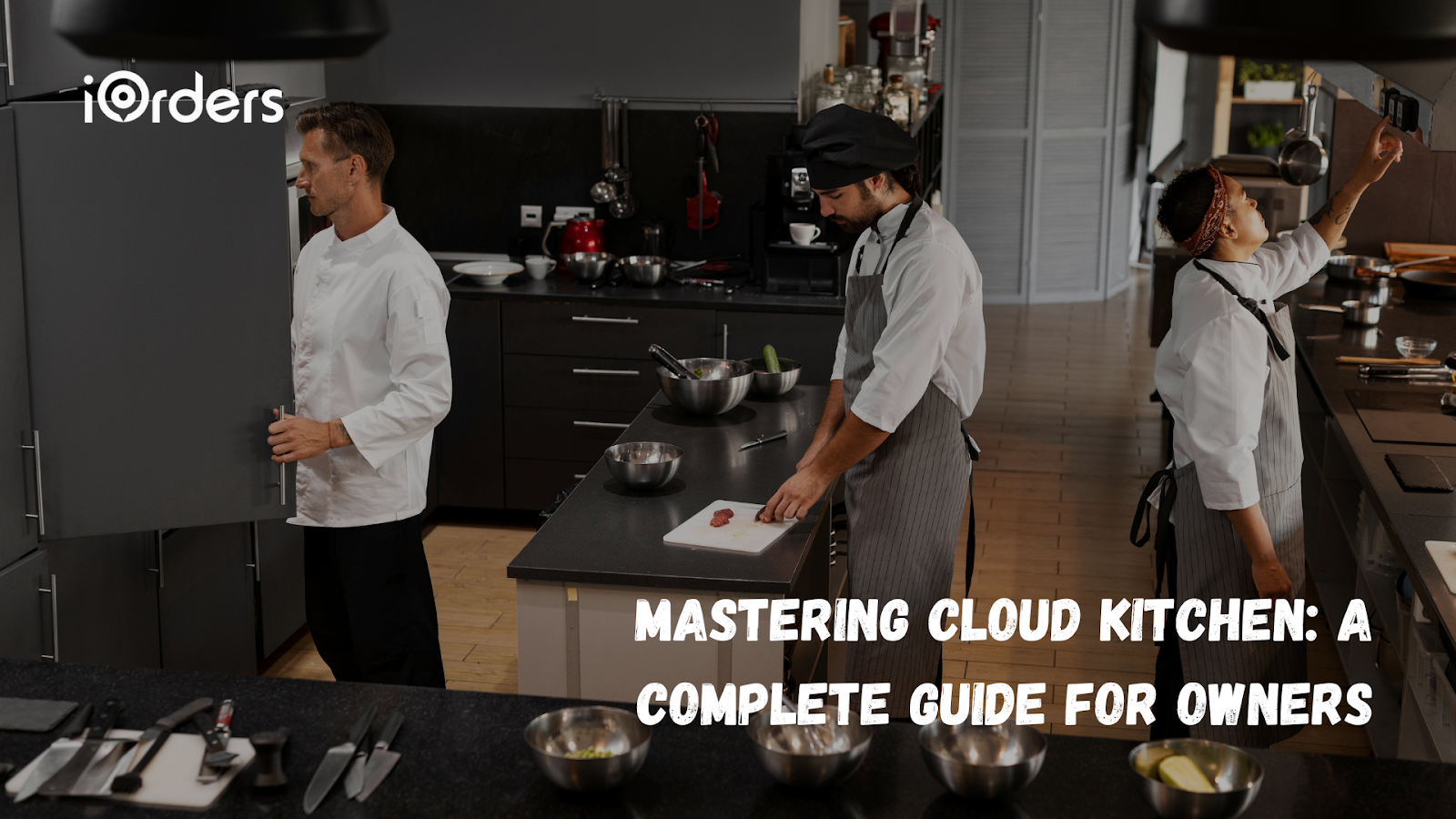
The cloud kitchen model is rapidly transforming the culinary landscape, presenting immense opportunities for independent restaurants, quick-service establishments, and ghost kitchens worldwide. In 2022, the global cloud kitchen market was valued at approximately USD 63.9 billion and is projected to reach an astonishing USD 194.6 billion by 2032, boasting a compound annual growth rate (CAGR) of 12.1%.
This significant surge is propelled by the escalating demand for convenient food delivery services and a growing consumer preference for variety at their fingertips. Furthermore, the inherent need for cost-effective solutions that bypass the extensive overheads of traditional dine-in setups has significantly contributed to this market's rise, enabling businesses to intensely focus on delivery and cater to the evolving preferences of modern diners.
In this comprehensive guide, we will explore the core concept of cloud kitchens, their unique benefits, essential operational strategies, and the profound ways they are reshaping the culinary industry.
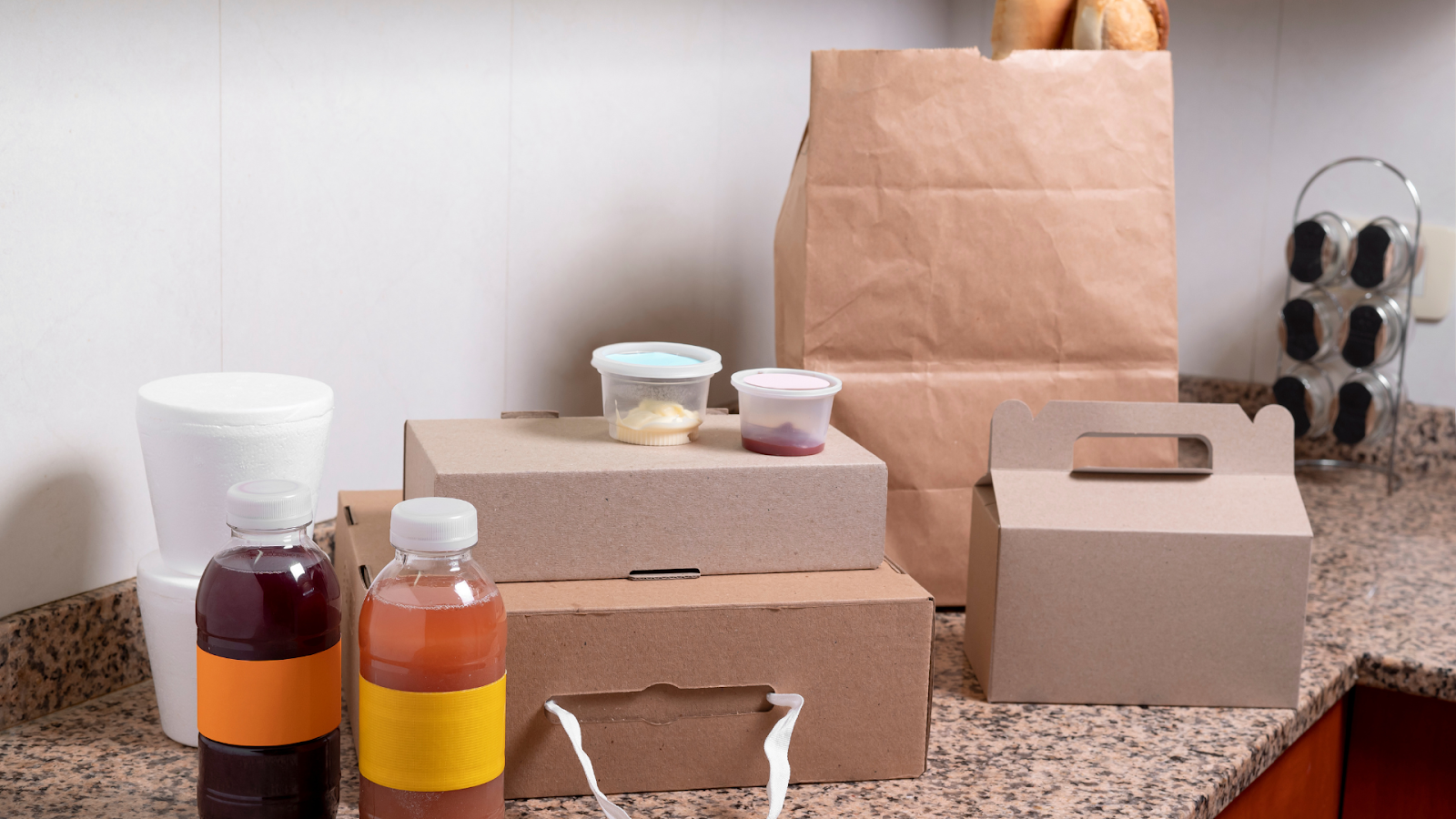
A cloud kitchen, also called a ghost or virtual kitchen, is a facility designed solely for online orders. The primary distinction of a cloud kitchen is its absence of a front-of-house. Unlike traditional restaurants with high-cost dine-in spaces, décor, and waitstaff, cloud kitchens focus exclusively on food preparation and delivery.
This model eliminates significant expenses associated with physical dining areas, allowing for smaller, more efficient setups. They utilize technology for all aspects of orders, inventory, and delivery, primarily utilizing online food delivery services (e.g., Uber Eats, DoorDash, or Grubhub) or their own platforms, rather than relying on walk-ins and reservations.
But how does this model benefit cloud kitchen owners? Let’s find out!
Also read: Most Profitable Types of Restaurants to Open in 2025
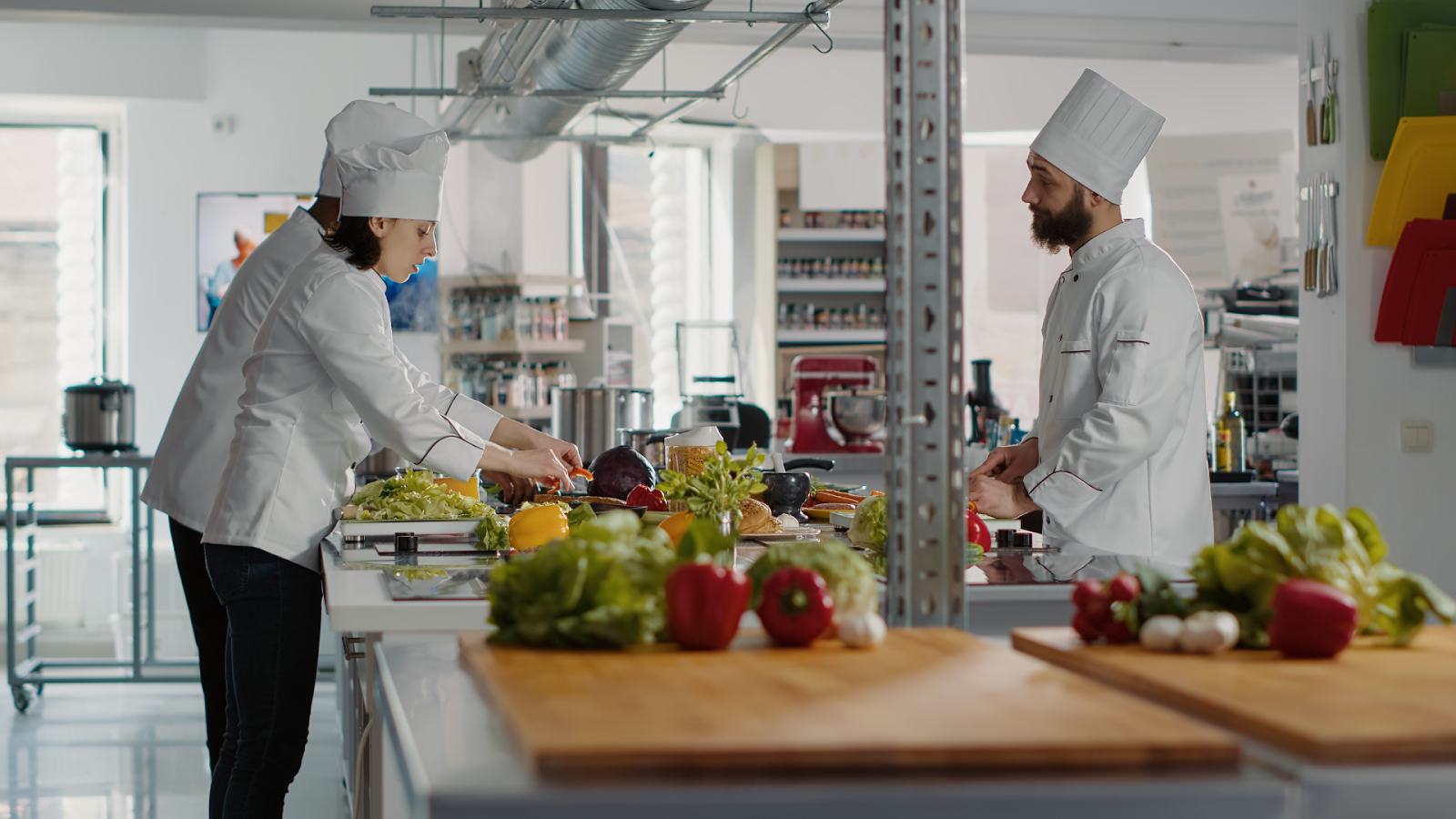
Cloud kitchens offer numerous advantages for restaurant owners, making them an attractive business model in the ever-evolving food service industry.
Here are some key benefits:
A primary benefit of cloud kitchens is significant cost savings. By eliminating expenses associated with traditional dine-in setups like high rent, extensive utilities, and front-of-house staff, cloud kitchens drastically reduce fixed costs. This allows owners to invest savings back into food quality, marketing, or expansion, making market entry more accessible for new brands.
Cloud kitchens provide unmatched flexibility for culinary experimentation. Without the constraints of a dining area, owners can swiftly pivot between cuisines or menu items based on demand. A single cloud kitchen can even host multiple virtual brands, each offering a unique culinary experience and catering to diverse customer segments, adapting quickly to market trends.
Cloud kitchens excel at serving delivery-only customers, significantly expanding a brand's market reach beyond a local radius. By focusing exclusively on food delivery platforms and online orders, they can access a vast customer base, boosting brand exposure without reliance on foot traffic or traditional local marketing.
The cloud kitchen model is inherently highly scalable, enabling rapid expansion without the burden of significant real estate costs. This allows owners to establish multiple centrally managed kitchens in various locations, facilitating quicker market entry and replication in new regions, even globally, with a low upfront investment.
Cloud kitchens are designed for streamlined operational efficiency. Processes are optimized for handling online orders directly through integrated POS systems, minimizing manual entry and errors. With a focus purely on food production and delivery, the kitchen boosts speed and consistency. Centralized systems further simplify inventory, staff scheduling, and performance tracking, allowing real-time adjustments for optimized workflow.
By minimizing traditional overheads and offering options to reduce reliance on high third-party delivery commissions, cloud kitchens enable substantially better profit margins. Owners gain greater control over pricing, discounts, and delivery costs, leading to more predictable and higher net revenue.
Now, let's understand how to set up a cloud kitchen successfully.
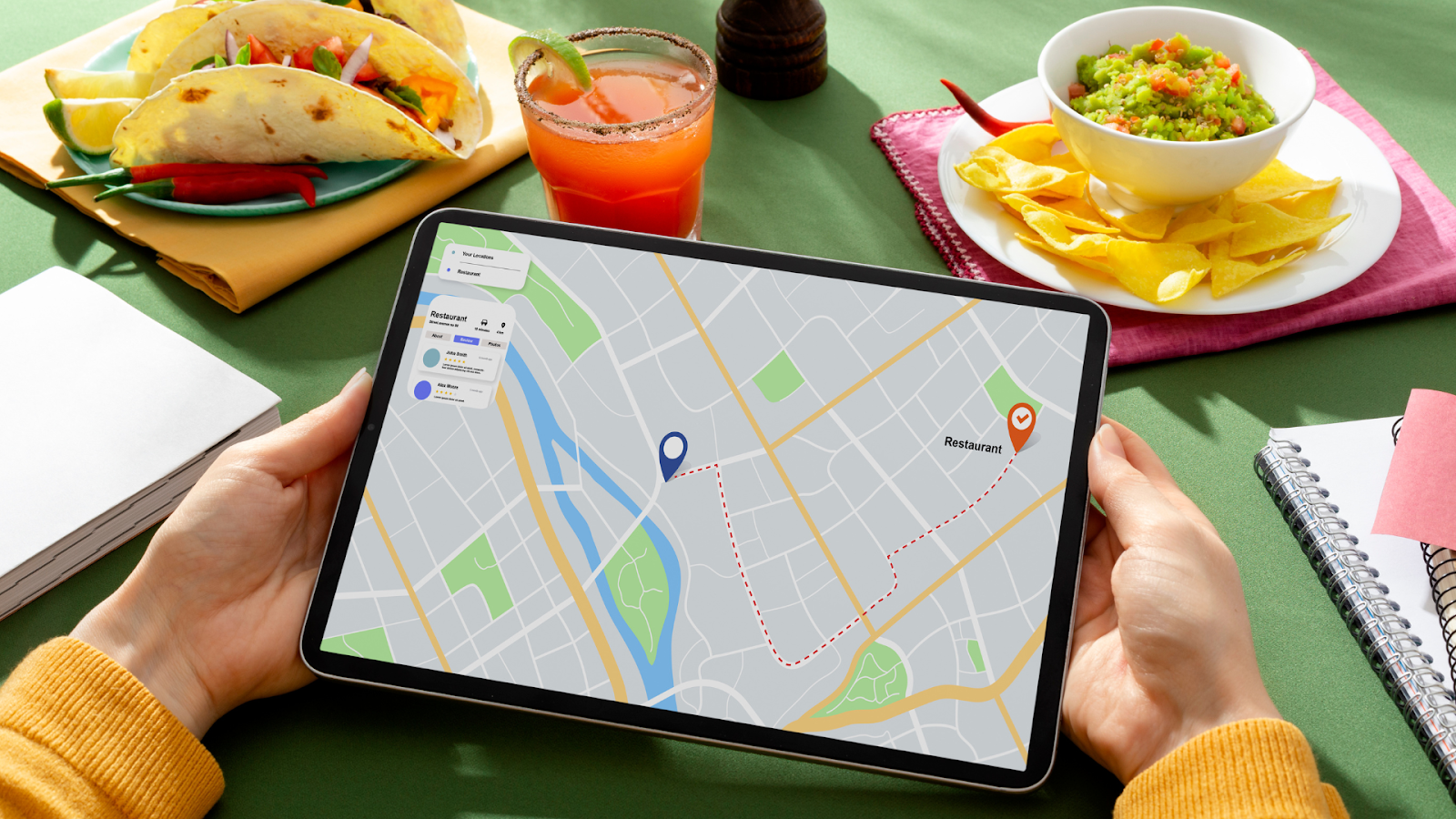
Setting up a cloud kitchen requires careful planning, investment in the right resources, and integration of technology to ensure smooth operations.
Here are the key steps involved in establishing a cloud kitchen:
Location plays a significant role in the success of a cloud kitchen. While you don't need a prime spot in a bustling commercial area like a traditional restaurant, you still need to consider a few important factors.
Once you've secured the location, it's time to equip your cloud kitchen with the necessary tools and technology.
Before opening your cloud kitchen, it's crucial to ensure that you meet all the legal and licensing requirements.
Success hinges on efficient food delivery, whether through platforms or in-house.
While cloud kitchens don't require front-of-house staff, you'll still need a skilled team for kitchen operations and delivery.
Now that we've covered how to set up your cloud kitchen, let's take a look at the cloud kitchen business model.
Also read: Is Opening a Restaurant Profitable in Canada? Key Factors Explained

Beyond just being a delivery-only kitchen, the cloud kitchen represents a distinct business model with its own unique operational structure. It changes how restaurants run by focusing on specific ways to set up, generate revenue, and use technology effectively.
Let’s explore the essential components that make a cloud kitchen a viable and successful venture.
Cloud kitchens aren't a one-size-fits-all concept. Various models cater to different business needs:
Also read: What Is a Virtual Restaurant? Pros, Cons, and Best Practices
Cloud kitchens can generate revenue through multiple channels, creating opportunities for flexibility and growth:
Technology is crucial for cloud kitchen success. Integrated software solutions and digital platforms ensure operational efficiency, streamline order management, and enhance the customer experience:
As we move forward, let's explore how to run cloud kitchen operations efficiently and effectively.
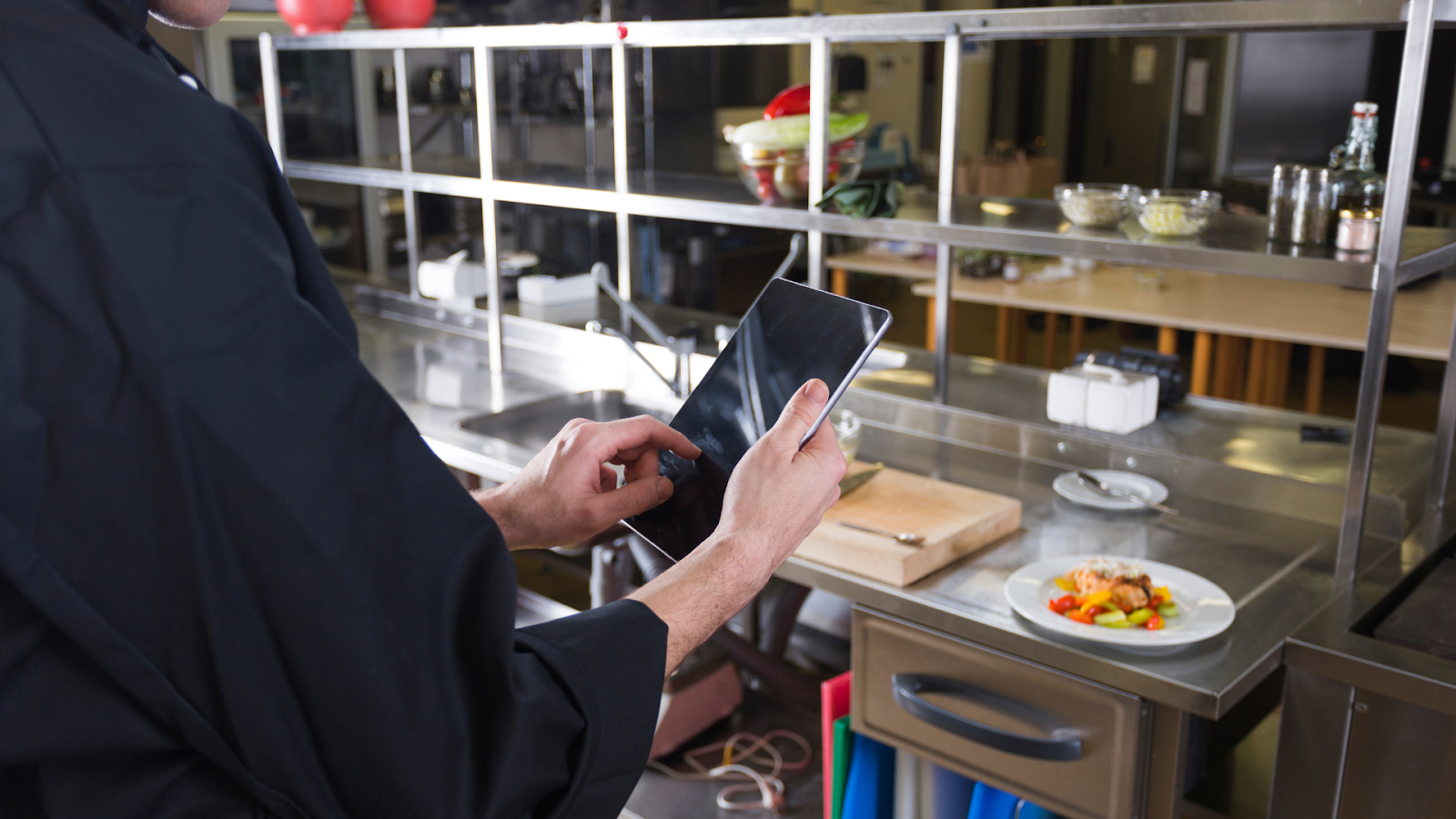
Running a cloud kitchen requires efficient operations beyond just preparing food and processing orders. Streamlining through smart systems is crucial for timely deliveries, quality, and customer satisfaction.
Here are the key elements to consider when managing cloud kitchen operations:
Effective order management is fundamental. Cloud kitchens utilize integrated systems to aggregate orders from all sources (third-party platforms like Uber Eats, DoorDash, and direct channels). This unified platform eliminates the need to switch between multiple apps, significantly reducing errors and delays. Efficient routing then directs orders to specific kitchen stations or staff, speeding up preparation.
Delivery logistics are an important component of cloud kitchen operations. Cloud kitchens can choose between the following options:
Regardless of the chosen model, maintaining fast, reliable delivery and ensuring the system can handle peak volumes is crucial for customer satisfaction.
Cloud kitchen operations must be highly efficient to meet delivery demands, with a singular focus on rapid and consistent food production.
Let's take a look at how marketing plays a crucial role in their success.

In the competitive cloud kitchen industry, effective marketing is vital for brand awareness, attracting customers, and repeat business. With no physical storefront, strong online visibility and digital strategies are paramount for success.
Here's how to market your cloud kitchen effectively.
Building a strong brand identity is crucial for cloud kitchens. Your brand should convey trust, quality, and a unique culinary experience.
Cloud kitchens have access to a wealth of customer data that can be used to customize marketing campaigns and boost customer retention. By analyzing customer behavior and preferences, you can run highly targeted marketing initiatives.
Social media is a powerful tool for reaching new customers and engaging existing ones, crucial for promoting offerings and building a community.
For cloud kitchens, online discoverability is critical. Search Engine Optimization (SEO) ensures your brand appears in relevant searches:
Now that we've explored marketing strategies, let's take a closer look at customer retention in cloud kitchens.
Also read: How to Grow a Cloud Kitchen Successfully in 2025?

Customer retention is vital for cloud kitchen success. Retaining existing customers is more cost-effective and increases lifetime value compared to acquiring new ones. Offering a seamless experience is key to encouraging repeat business.
Here's how to enhance customer retention in your cloud kitchen:
Listening and responding to customer feedback is essential for building lasting relationships. Soliciting feedback helps you understand their needs, preferences, and pain points, leading to continuous improvement and a better overall experience.
Loyalty programs are among the most effective ways to incentivize repeat business, rewarding customers for their continued patronage and encouraging future orders.
Tailoring offerings to each customer's preferences significantly improves satisfaction and retention, building a deeper connection.
With data analytics, cloud kitchens can create highly personalized experiences that drive customer satisfaction and encourage repeat business.
Customer service plays a critical role in retention. Promptly and professionally resolving questions, concerns, or issues can turn a negative experience into a positive one.
Even without physical stores, cloud kitchens can create a strong sense of community, fostering emotional connections that turn customers into long-term supporters.
Let's understand the challenges cloud kitchens face and how to overcome them.
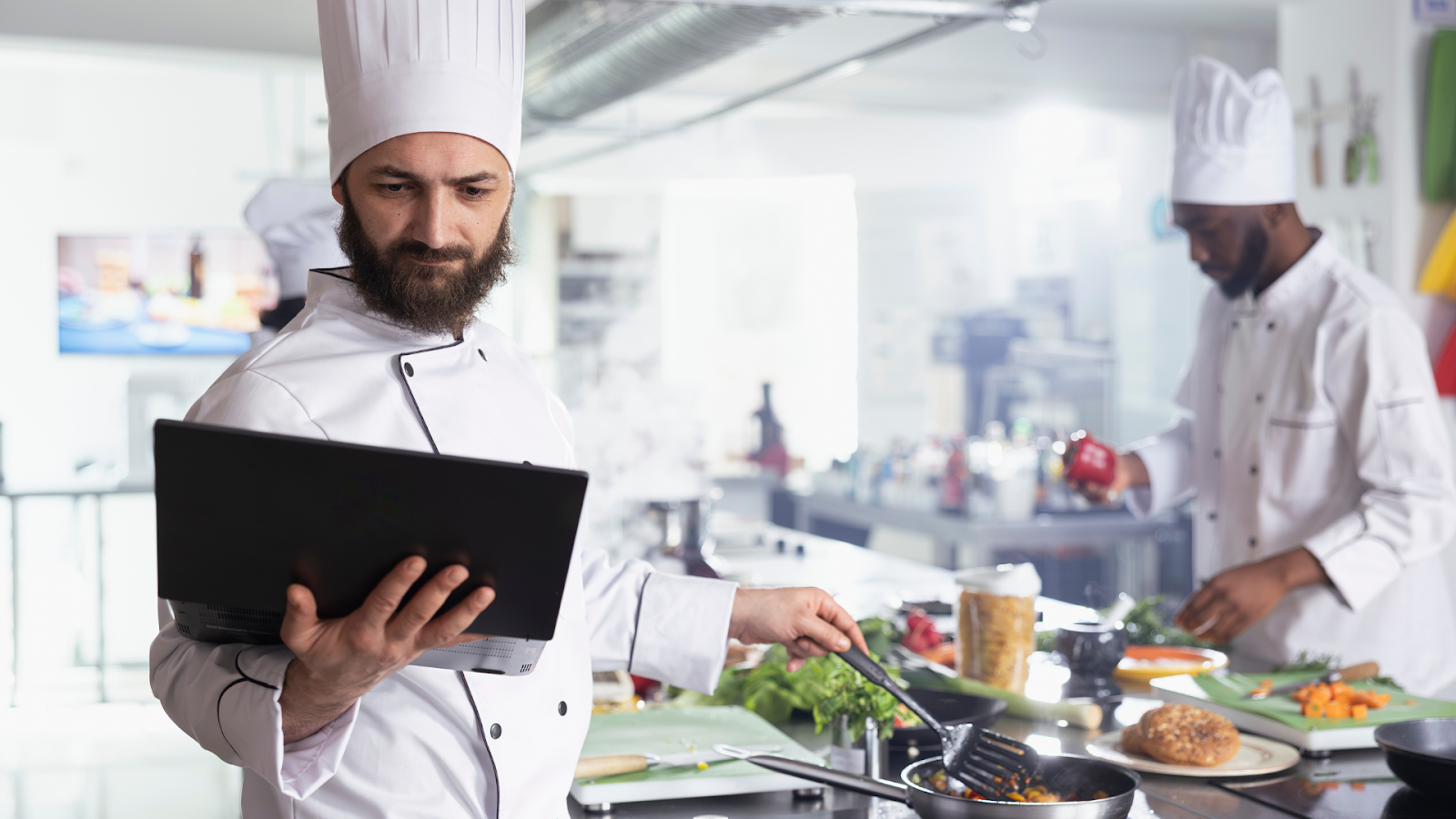
While the cloud kitchen model offers notable advantages, it also presents distinct challenges. Running a cloud kitchen requires careful management in a competitive market demanding efficiency, quality, and customer satisfaction.
Here are common challenges and strategies to overcome them:
The cloud kitchen industry's rapid growth leads to increased competition and market saturation, especially in high-demand areas, making differentiation difficult.
Delivery efficiency is vital. Providing quick, reliable delivery while managing costs, especially on third-party platforms, is a persistent challenge.
Maintaining consistent food quality is a major challenge without direct customer inspection. Issues like incorrect orders, cold food, or poor presentation can severely damage your reputation.
Cloud kitchens must adhere to the same health and safety laws as traditional restaurants (food safety, sanitation, and employee safety). Handling these laws across multiple jurisdictions can be time-consuming and costly.
With abundant options, managing customer expectations is an ongoing challenge. Consistent satisfaction, from food quality to delivery speed, is key to long-term success.
Managing cloud kitchen operations effectively is essential for lowering costs, reducing mistakes, and ensuring timely food prep and delivery. This includes overseeing staff and streamlining kitchen workflows.
Now, let's take a closer look at how iOrders can enhance cloud kitchen operations and help you succeed in this rapidly growing industry.

iOrders offers tools to help cloud kitchens streamline operations, enhance customer satisfaction, and boost profits. It offers seamless integration across business parts, simplifying online orders, delivery, marketing, and customer service.
Here's how iOrders can specifically improve cloud kitchen operations.
iOrders helps eliminate third-party commission costs, which can range from 15% to 30% by providing a commission-free online ordering system. Cloud kitchens can set up their own branded online ordering platforms, allowing customers to place orders directly through the restaurant's website or mobile app.
This helps cloud kitchens retain more revenue and gain full control over customer data, which is essential for lasting relationships. Bypassing third-party platforms boosts profit, loyalty, and personalization.
Efficient order management is vital for cloud kitchens. iOrders' POS integration automates order flow from online systems to the kitchen's POS, reducing manual entry, minimizing errors, and speeding up fulfillment.
With real-time updates, the kitchen stays informed about current orders, pending deliveries, and stock levels, simplifying workflow management. POS integration also tracks sales, inventory, and employee performance, enabling operators to optimize operations with real-time data.
iOrders provides a white-label mobile app that cloud kitchens can customize with their logo, theme, and brand identity, creating a seamless, professional customer experience.
Customers can use the mobile app to order delivery or pickup while engaging with the restaurant's branding. The app includes features like push notifications, loyalty programs, and promotions to boost engagement and encourage repeat business.
Managing cloud kitchen delivery is complex. iOrders streamlines this with Delivery-as-a-Service, letting kitchens outsource to providers like DoorDash or Uber Eats, or manage their own fleet.
The key benefit of iOrders' delivery is its seamless integration with restaurant systems, ensuring smooth orders to delivery. The cloud kitchen keeps its brand identity, as delivery appears directly from the restaurant, not a third-party app.
Cloud kitchens can reduce costs associated with in-house delivery staff, avoid third-party commission fees, and improve delivery efficiency.
Marketing is a crucial component of customer acquisition and retention for cloud kitchens. iOrders provides managed marketing services that allow cloud kitchens to run targeted, data-driven campaigns to increase customer engagement and drive sales.
With iOrders, cloud kitchens can accomplish the following:
These marketing tools are fully integrated with the cloud kitchen's ordering system, allowing for seamless execution and real-time tracking. With these tools in place, cloud kitchens are poised for success in the ever-evolving food delivery industry.
Cloud kitchens present a highly profitable business model with lower overhead costs and the ability to scale quickly without physical storefronts. As demand for food delivery services grows, cloud kitchens can access a large and expanding market. By using technology to streamline operations, cut costs, and boost customer engagement, cloud kitchens can achieve higher profit margins.
iOrders enhances cloud kitchen operations through commission-free online orders, seamless POS integration, flexible delivery, and marketing automation. Cloud kitchens can operate more efficiently, reduce costs, and focus on delivering excellent customer experiences.
Start your cloud kitchen journey today. Contact iOrders to discover how our solutions can help you streamline operations, increase profits, and deliver a superior customer experience.